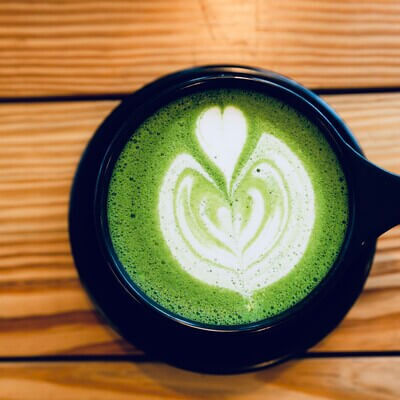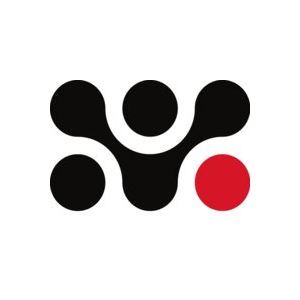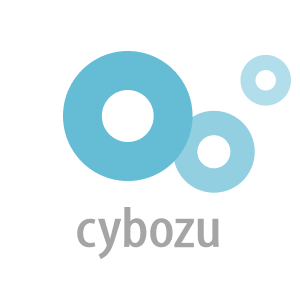Updated June 17, 2024
Nomikai: Surviving Japan’s drinking get-togethers
Drinking culture is an important part of office relationships in Japan and one of the most representative events is the nomikai.
While the companies hand-selected by Japan Dev tend to be more international and aren’t as serious about work drinking events, you may run into nomikai off the clock in hobby or sports-related clubs and gatherings too.
If you like to drink and have a good time, great! This is where you can thrive. Even if you don’t, it is the participating that counts and there are plenty of soft drinks available. Knowing what to expect is half the battle!
So what is the etiquette for a nomikai and what happens at one? After going through the basics, I will give you some tips to survive and hopefully come out closer to your team at work.
In this article: 📝
1. What does “nomikai” mean?
Let’s start with the basics: What does nomikai (飲み会) mean? It’s made up of the verb for “drink” nomu (飲む) and a meeting or gathering. Put simply, it is a get together to eat and drink.
Nomikai are often mentioned when talking about working in Japan and office customs. But a nomikai can be between friends, members of a club, classmates, or any other gathering of people too. They can be held at restaurants, but Japanese style pubs izakaya (居酒屋) are a popular venue.
There are also certain types of nomikai. Bounenkai (忘年会), end of the year parties, and shinnenkai (新年会), beginning of the year parties, are two types. There are also welcome parties called kangeikai 歓迎会 and goodbye parties, soubetsukai 送別会.
There is even a word for a “girls’ night out” nomikai: joshikai (女子会). Even just two women can be a joshikai, but nomikai tends to usually mean a larger group gathering.
While nomikai culture has undergone some changes post-COVID, you can expect to be the center of a kangeikai when you join your new company!
You might hear the word enkai (宴会) as well. Enkai are still a gathering of people for eating and drinking, but it means more like a “banquet.” It is a more formal event that centers more on eating than drinking – but there is still plenty of drinking!
2. What is “nomunication?”
“Nomunication” is a mix of the word nomu (飲む) “drink” and the English word “communication.” Drinking communication? That’s right, it means getting to know someone over drinks!
It seems simple enough, but why would you need to drink to communicate with each other? The office environment in Japan doesn’t lend itself easily to communication. You must keep a level of social distance and maintain hierarchical relationships.
Many Japanese people do not like to talk about themselves or their private lives. It can be hard as a foreigner to get an idea of what kind of person they are. But nomikai provide a space after hours where people can offer a little bit more about themselves.
I once thought my coworker was around my age, but at a company banquet, he told me stories about his high school-age daughter and her studying for college entrance exams. He was ten years older than me!
But you also have to be careful not to share too much information during nomunication. As a foreigner, it is a little hard to make the same judgment of appropriateness as a Japanese person. But cut yourself off sooner than you might in your home country – just to be safe.
The understanding of a nomikai is that the night’s events aren’t talked about in the office the next day. However, they are not forgotten. Your behavior will still influence how everyone sees you.
Once I didn’t edit myself enough at a nomikai, and I played very well into the loud drunk American stereotype! The problem was that I didn’t even notice. It was years later when someone from that party mentioned me being a loud drunk that I became aware of it…(Thanks, alcohol.)
3. What happens during a nomikai?
What can you expect to happen during a nomikai? Here are some components.
1. Kanpai (乾杯) “opening toast”
The first and perhaps most important event is the start of the evening. Kanpai is an opening toast and an accompanying short speech. The toast is usually given by the host, or someone high up the hierarchy of whatever group it is.
The first step of the kanpai ritual is to make sure everyone has some kind of beverage in-hand. The common first drink for a nomikai is draft or bottled beer. If you can drink beer, I suggest drinking what everyone else is having. At least for the first round.
If you are at an izakaya and it is an order system, help make sure everyone has ordered something. Especially people who are after soft drinks. If there are opened bottles of beer on the table with glasses, start filling them.
Make sure no one is pouring their own glass! Learning how to pour beer from a bottle correctly so you don’t just pour glasses of foam is also a plus. (It’s all in the angle of the glass…) Do not under any circumstances drink from your glass yet!
Once everyone has a drink, the kanpai begins with a short speech. Sometimes it doesn’t end up that way if someone is long winded, but wait it out! Don’t take any sips. The speaker will hold up their glass and say, “Kanpai!” Cheers! You should echo this like any other toast.
If this is a corporate gathering or a more formal private occasion, make sure you put down your glass immediately after the first sip to clap for the speaker. This is considered good business manners. It might be strange for a student, club, or friendly gathering, though.
The next step is to take your drink and go around toasting your coworkers. When clinking glasses with coworkers, make sure that you have your glass lower than someone who is higher up in the hierarchy. If your colleagues have a sense of humor, someone will be toasting on floor-level.
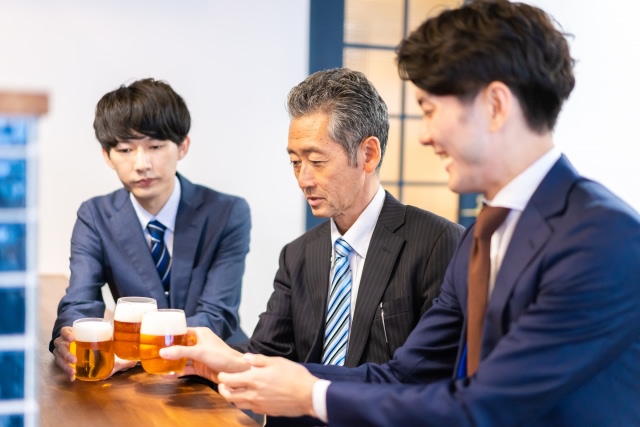
2. Jikoshokai (自己紹介) “self-introduction”
If the nomikai is a welcome party or a gathering of different groups mixing together, be ready to introduce yourself to everyone. Probably in front of the whole group. The experience can be nerve-racking if you don’t like talking in front of groups, but here are some great survival tips.
Even if you don’t end up speaking in front of everyone, you might end up talking with people you have never met before, so getting your jikoshokai down is always useful.
3. Feasting!
Usually nomikai are held at bigger izakaya that offer course menus. There are different prices for different courses with a variety of different dishes. I recommend trying a new food out at least once. Being too picky isn’t the best vibe to give off and you might be surprised.
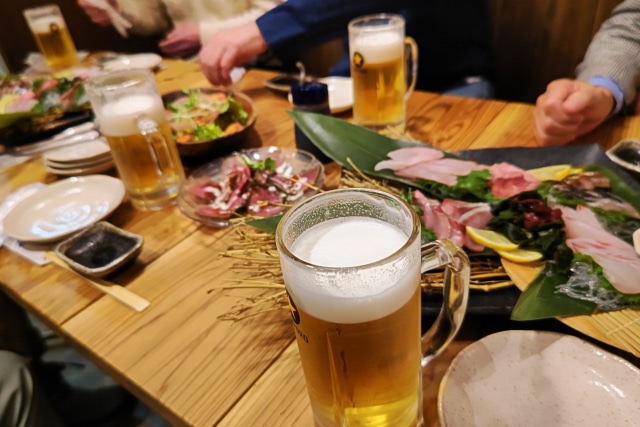
The first thing you will receive is an otooshi (お通し). This is an appetizer that isn’t part of the course, but an offering from the restaurant. The item might change daily.
As for the actual course, two things might happen. One, all the dishes could come out with a plate prepared for each person. Or two, they will be big family-sized servings to split among the participants.
The course usually begins with lighter appetizers. If the restaurant serves Japanese food, then this might be yakitori or sashimi. There might also be a salad and something fried, like tempura. The main dish is usually meat, but it depends on what kind of food the restaurant serves.
The last dish before dessert is usually something with rice or noodles, called the shime (締め). For example, if the main dish was some kind of nabe 鍋 “hot pot,” then noodles or rice might be added to the remaining broth, often with eggs. The rice porridge is called zousui (雑炊).
Be careful to get that one vocabulary word right. I said suizou once by accident. That actually means pancreas (膵臓)...
As for drinks, any good nomikai has a nomihoudai (飲み放題) course. What is a nomihoudai? All-you-can-drink! Depending on the restaurant and the course, you might be able to pick anything from the menu or there might be a set list of drinks to choose from.
Don’t worry: Soft drinks are usually included too.
4. Sekikae (席替え) “seat changes”
After a nomikai or enkai has gotten to a certain point – around the shime or dessert round – people often switch up their seats to talk to people they haven’t had the chance to chat with yet.
Don’t be surprised if you come back from the restroom to someone sitting in your seat. Take the chance to have a conversation with someone new. Just remember to take your drink with you!
5. Nakajime (中締め) “mid-way closing speech”
A speech to wrap things up is common for both nomikai, enkai, and many other group events. If there is a guest of honor, they might take the chance to thank everyone. At a soubetsukai, this might be a speech from the person leaving and someone to send them off.
If there are any awards or gifts, this is the time when they will be given.
6. Last Order (ラストオーダー)
It is common for course meals, all-you-can-drink, or your table time to be limited to 2-3 hours. Servers will usually come to ask for any last food or drinks orders before your time is up. If your meal isn’t a course but a tabehoudai “all-you-can-eat” (食べ放題), then the same is true.
7. Shime (締め) “closing”
After finishing up dessert and your last drinks, it’s time to end the evening. The traditional Japanese way to close the event is ippon-jime (一本締め) rhythmic clapping. (This pattern can be repeated three times for a sambon-jime (三本締め)!)
A less formal and more common closing is the icchou-jime (一丁締め), which is just “ready and…clap!” It’s a common misconception that this single clap is ippon-jime, and is often referred to that way.
So which one will it be? It depends on who has been chosen to lead it. If it’s your first time at a company gathering, it doesn’t hurt to ask someone what to do!
Nijikai (二次会) and Sanjikai (三次会)
So you finished one round of nomikai – Are you ready for round two?
Nomikai can have official or unofficial second rounds. Or third. This is called a nijikai, or sanjikai if it’s your third round.
Nijikai can be spontaneously decided by people who want to talk more or don’t want to go home just yet. They can also be pre-planned to save the hassle of trying to find a new restaurant or bar. They can also divide up the original group into several smaller ones.
Nijikai are usually optional. If you have a train to catch or an early morning the next day, you don’t need to stay. But the masks come off during these rounds, so if you are really looking to do some nomunication about difficult topics, I recommend attending the nijikai.
Even if you don’t have a specific issue you are dealing with at the time, you can also listen and learn. I always go to find out details about how managers and upper management are getting along or to hear interesting off-the-record stories from senior staff.
If you want to be a part of your workplace community, this is one way to secure a seat at the table and build trust. It shows that you want to be a part of the group. Just remember that things spoken about at nijikai don’t leave the nijikai.
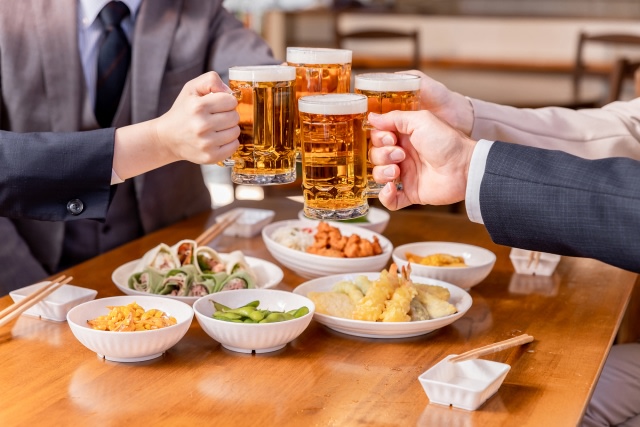
4. Nomikai etiquette
As an important social event, there are certain rules to a nomikai based on hierarchical relationships. I will use the office here as an example, but this is also true for school or club functions. If you are drinking with friends, though, it doesn’t apply.
・Finding the kamiza (上座)
The kamiza is the seat where the person with the highest social rank sits. This could be the company president, an executive, your boss, or a client. It could also be the center of a goodbye or welcome party if they are high enough up the social ladder.
The thing you want to avoid is going in and sitting yourself down in the kamiza without knowing.
There is a kamiza in almost every business situation. Not only in office floors, meeting rooms and restaurants, but also in taxis and elevators. In a nomikai setting, the kamiza is usually the seat the furthest from the door or other foot traffic.
If there is a long banquet table, then the kamiza is in the middle instead of on either of the ends.
One trick is to look for the seats that are the closest to the door or the server and hover around there. The best hack is to hold back and wait for everyone else to sit or be directed to a seat.
・Pouring drinks
A common drink of choice at nomikai is bottled beer. But someone has to pour the beer into a glass. (No, you can’t drink it straight from the bottle!) You should make sure that you are doing your best to pour for your boss and senior colleagues.
Is their glass empty? People higher on the social ladder shouldn’t have to pour drinks for themselves. Offer to fill it or order them a new drink. Some people will leave their drink a third of the way filled when they don’t want any more, so please ask before filling or ordering.
In the same way, if someone wants to pour you a drink, let them. It is their way of showing respect and taking care of you. Be sure to thank them. But don’t straight out ask someone to pour your drink. That’s considered extremely rude.
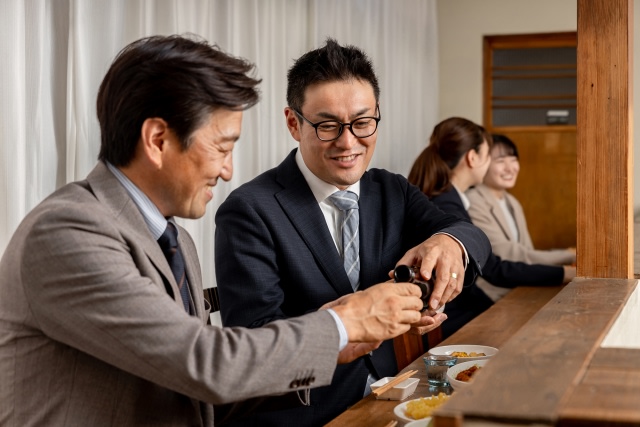
・Serving food
Food at nomikai is usually a course menu served family-style on big plates. This means that food needs to be divided up among everyone.
The first rule is to make sure everyone else gets to have some. Instead of taking a dish to put on your own plate, take the dish and pass it to someone first. If you see someone hasn’t gotten something yet, make sure it goes to them.
If the situation calls for it, you can also serve onto plates and pass it down to everyone. After the pandemic, this isn’t as smiled upon, and it is a little old-fashioned. Still, it can be a good way to show that you are playing your role as junior staff.
Even if the course is served on individual plates, sometimes spaces are cramped and the server can only set down plates in one place on the table. Instead of taking yours first, you can pass it down the line to make sure everyone has one first.
・Waiting for the first bite
Just like waiting to drink until after the kanpai, waiting to start eating can be tough. Even after the initial itadakimasu! there can be some pause. You should wait for the highest ranking person at the gathering to eat before you dig in.
Most of the time, this person is aware of their status. Even if they don’t feel like eating right away or are busy talking, they will take a small bite to get things rolling for everyone else.
・Paying extra to cover main guest
Nomikai courses are usually priced by the person. But rather than just paying for your share, the cost of the guest or guests of honor is usually divided up among the other participants. Sometimes you might pay a little more to buy the guest of honor a gift.
5. Tips for surviving nomikai
1. Don’t drink too much
This is easier said than done in an environment that encourages you to drink. If there is a nomihoudai, drinks are usually watered down to a certain extent. But you should still pace yourself.
If you get too drunk, you can’t edit how much private information you disclose about yourself, or might push a coworker too hard to reveal theirs. You don’t want to end up nearly unconscious at any stage of the evening, including any after parties.
Being able to get home by yourself and not end up on the side of the road or passed out in a train should be your main goal. I know that sounds simple, but the nomikai environment can sneak up on you. Be mindful.
2. Take cash with you
The organizer of the event, called the kanji (幹事), should tell you how much you owe for the meal ahead of time. Usually you hand it over when they are paying the bill, but you may be asked to pay at the beginning of the night or the following day at the office.
If you can, when you hand it over, do it in a plain but crisp envelope.
Cash is also handy for an impromptu nijikai. In most cases, you will still be dividing up a single bill, so it is good to have change on hand. You don’t want to have to run to the ATM. (Or get hit with late-night service fees…)
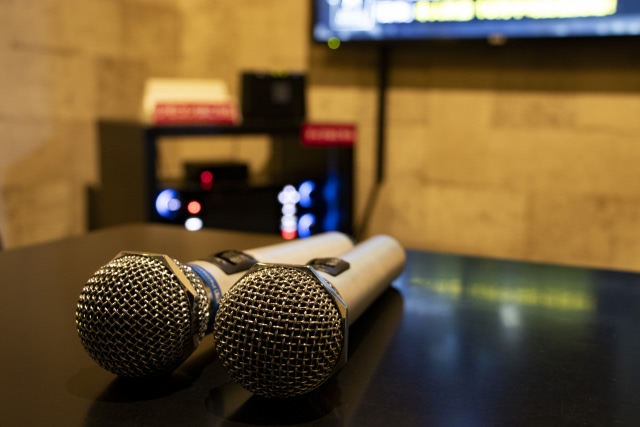
3. Pick a go-to karaoke song
This is to prepare you for the popular karaoke nijikai. There is an expression for this and it is called your ohako (十八番). It doesn’t matter if the song isn’t in Japanese – it just has to be something well-known that everyone can sing together.
For English songs, you can’t go wrong with the Beatles or Queen. “Bohemian Rhapsody” can save an entire evening. (Just don’t expect it to be a masterpiece with the amount of alcohol consumed.)
Japanese songs are a little trickier, but old-school anime songs like “A Cruel Angel’s Thesis” (残酷な天使のテーゼ ) or Butter-Fly, or songs like “GLAMOROUS SKY” and “Ai wo Komete Hantaba wo” (愛をこめて花束を) are a good place to start.
4. Buy a hangover cure drink
Nomikai are not limited to Fridays, so oftentimes you will have work the next morning. Powering through is just another rite of passage working in Japan. Be sure to stop by a convenience store on your way home to pick up an ukon no chikara (ウコンの力) to soften the blow a little.
5. Know your last train
If you don’t want to get stuck waiting until 5 a.m. for the first train, look up your last train ahead of time on google, navitime, jorudan, or another train schedule app of your choice. Last train, shuden (終電), can also make a good excuse if you are ready to head home.
6. Problems surrounding nomikai
Work nomikai are supposed to be a fun event to unwind and get to know your team. But there are also problems associated with the tradition.
Japan has a culture of overworking. You have probably heard that on top of overtime, employees are expected to attend office drinking parties instead of heading home. Not showing everyone you want to be a team player or saying no to your superiors could be a bad career choice.
Employees who can’t stay late due to family or other obligations, especially women, are shut out of important conversations and promotions. If they do attend, it could be because they were forced to go, and could fall victim to more peer pressure or sexual harassment while attending.
I want to say that this is changing, even if it is slow-going. In recent years, there have been more efforts to adjust the workplace for women, for parents, and for people caring for elderly parents. Awareness of workplace harassment and diversity training is also more common.
But the biggest change has been the pandemic.
Where I worked during the pandemic outlawed any sort of nomikai, internal and with clients. If people did have nomikai, it was in secret and in small numbers. It was usually the more senior staff that wanted to keep drinking like normal, and they could do that together on their own.
I can’t speak for everyone, but I don’t think nomikai have recovered all the way to pre-pandemic levels yet. It all depends on where you work, of course, but I can count the times I have had drinks with some of my current coworkers on one hand.
Nomikai and their social significance will not disappear any time soon. But there has been enough social discourse about overwork, peer-pressure, and family obligations for some changes in attitude to stick.
7. Last call
Nomikai are an essential part of Japanese relationships in the workplace and beyond. To really connect with your coworkers, both on a professional and personal level, attending after hours drinking parties is a must.
Nomunication is a chance to find out what your colleagues or boss really think about something, or to make a meaningful connection with a coworker or client. It shows that you are invested in getting to know people and being part of the team.
There are many traditions and rules to follow, and it might be a few rounds before you feel comfortable. But things aren’t as strict as they once were, and attitudes about compulsory attendance are changing.
When given the choice, I still recommend going. Even for soft drinks! You are working in another country to meet people, make connections, and experience the culture. As long as it doesn’t negatively affect your health, you should give it a try. You never know what stories you will hear!
Get Job Alerts
Sign up for our newsletter to get hand-picked tech jobs in Japan – straight to your inbox.
